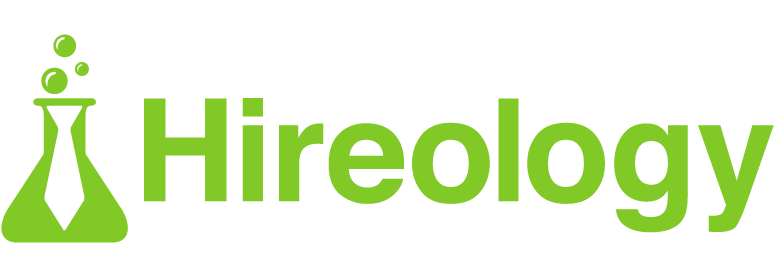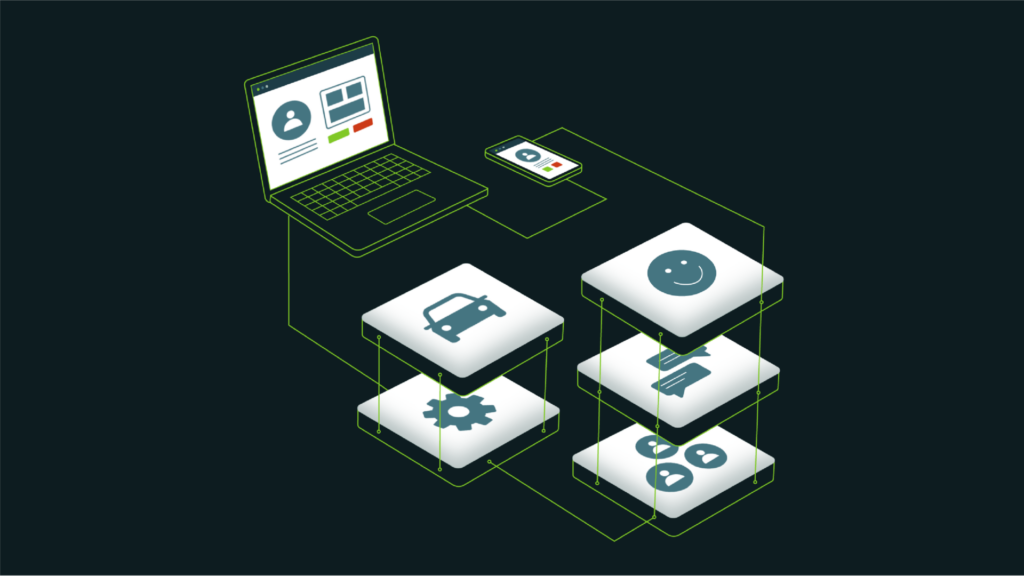Last week, the U.S. Bureau of Labor Statistics released The Employment Situation for August 2020. Included in the report was a continued decline in the unemployment rate. At 8.4%, this is the fourth straight month of job additions, and puts us below the unemployment peak of the 2007-2009 recession.
Though the unemployment rate is still declining, we are seeing a bit of a slowdown of additional jobs. 1.4 million jobs were added in August compared to 1.7 million in July, resulting in about 25% fewer jobs created last month, and according to the Wall Street Journal, the economy is operating with about 11.5 million fewer jobs than February. We’re expecting to see a more moderate recovery rate than the earlier summer months suggested.
August saw a boost brought on by 238,000 temporary hires for the US Census, and provides the first glimpse at the state of the economy without government supplemental assistance, including the $600 a week addition to unemployment benefits that ceased at the end of July.
The hiring slowdown gives you the advantage of building your team with foresight. Each new hire stands to make even more of an impact on your business because you’re maximizing efficiency with the exact headcount required. Here are some hiring guidelines based on the state of the industry today.
Focus on Building Your Best Team
Many companies around the US were forced to dramatically reduce their staff due to the pandemic. As we see hiring rebound with states reopening and businesses recommencing, owners and operators in many industries are still keeping an eye on headcount. Because the unemployment rate is still far above pre-pandemic levels, many companies are still functioning with a reduced workforce.
That means every hire, whether a backfill or a brand new position, is now more essential than ever. In order to make the most of every seat on your payroll, you need a qualified pool of applicants and an efficient process to vet them — especially because your HR team has probably been reduced as well.
Your new hires may need a different skill set if your business has shifted to a more digitally-focused experience. That means you’ll have to attract a different type of applicant than you may be used to, so make sure you’re updating your job boards and postings to reflect your new needs.
Strive for Quality
As hiring slows, it’s still important to use tools that help you construct your top team. Sole dependency on single channels means you’re drastically narrowing your scope of applicants, and foregoing proper applicant tracking can cause the hiring process to be extremely drawn out, which impacts both your company and your applicant’s willingness to wait around.
Now’s the time to be even more strenuous with your hiring process to ensure you’re weeding through applicants that aren’t the right fit. Because there are so many people currently searching for jobs, you’re bound to get an influx of applicants that don’t have the right requirements for your positions and therefore wouldn’t provide the vital reinforcement that your team needs to effectively rebuild.
Further, a poor culture or skills match will more than likely result in turnover, meaning you’ll need to start the hiring process all over again. Don’t put yourself, your applicants, or your HR team through the ringer, and increase the speed of hiring without reducing the quality and fit of your applicants. With Hireology, you can also increase the speed of hiring with candidate screening and easy communication tools, and make onboarding a breeze with HR, payroll, and automated scheduling integrations. Not only will your new employees have a great first impression, but your hiring staff will also appreciate the added efficiency as they work to rebuild your team.
Plan Ahead
Turnover is inevitable, but it’s even more likely as the workload and hours of each role increases due to a condensed staff. Even with a high unemployment rate, companies experience retention challenges and see even more severe challenges because of it. According to Home Care Pulse, caregiver turnover costs home care agencies around $171,600 annually, and a Cox Automotive Dealership Staffing Study revealed every dealership new hire costs about $10,000 on average. Can you afford to wait to start your hiring process when you have inevitable turnover?
Progressive hiring managers aren’t waiting to see what happens to the market — they’re actively building their pipeline of talent, looking at who they have on staff, and creating their best team to continue to hold a competitive advantage.
Using a platform to help manage your recruitment marketing and hiring processes will allow you to continuously hire for in-demand roles so you’re never scrambling to fill your most essential positions, resulting in the best candidates and less time and money wasted.
And to mitigate the unfavorable effects of high turnover, it’s important to get employees started off on the right foot, especially if they’re beginning their new position from home. Make sure your onboarding is interactive, consistent, and organized so both you and your new employee know exactly what’s to be expected. Schedule regular check-ins to make sure they are processing the information and feel comfortable with what’s being asked of them.
Evolving for Success
Nearly every industry is having to come up with a transition plan for the rapidly evolving hiring and employment landscape — and it’s definitely no easy feat — but doing so will help you create a stronger team, happier employees, and increased business success. Hireology is here to help, so if you’re interested in seeing all that we can do for your business, you can schedule a demo here.




